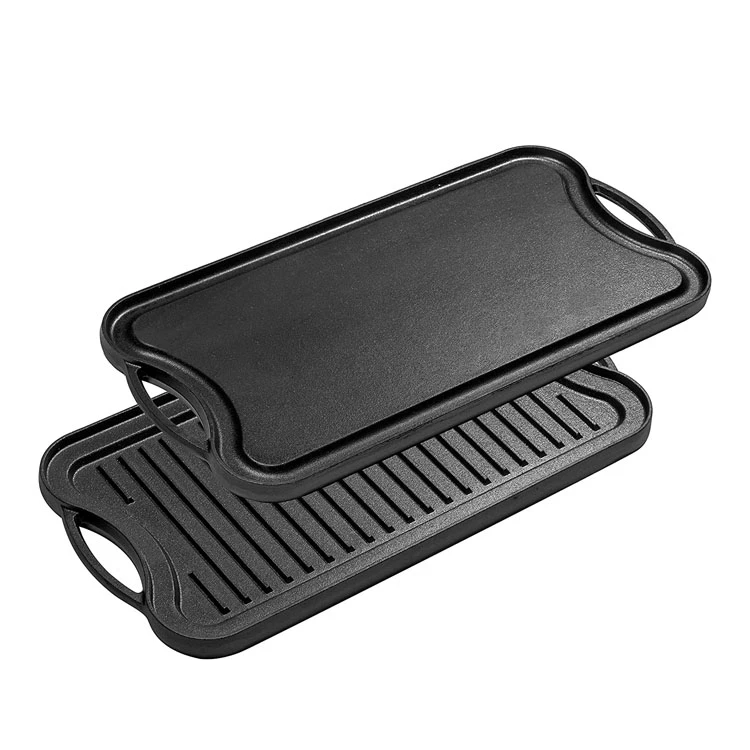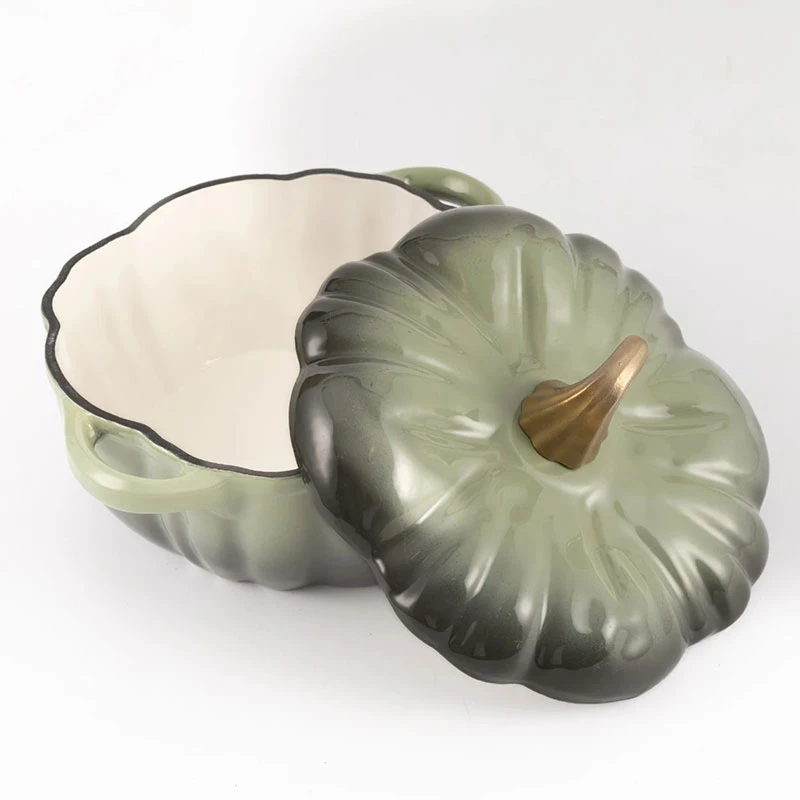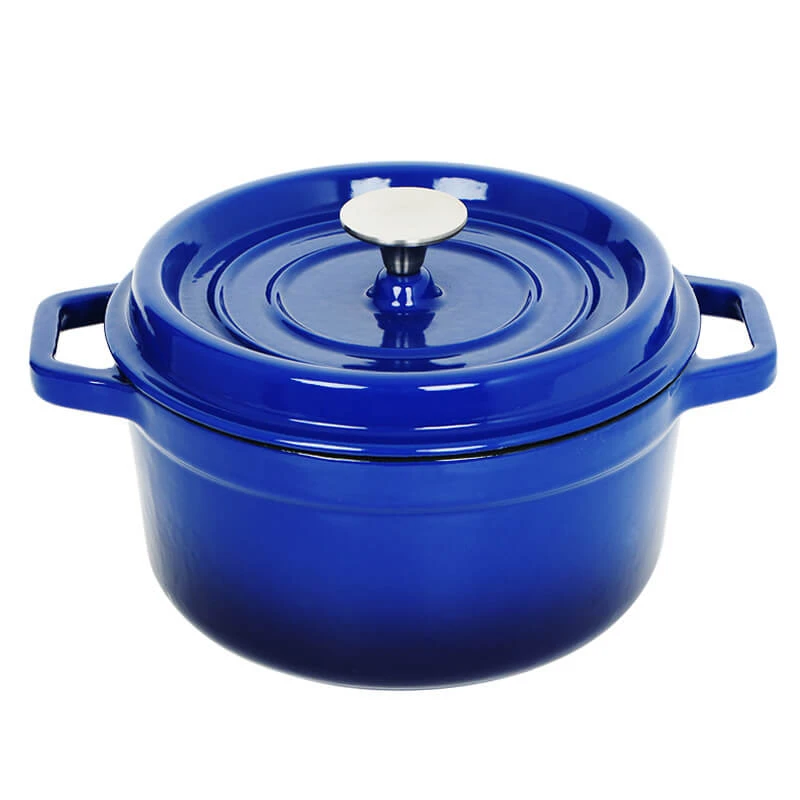
Cast Iron Grill Griddle Guidebook
Grill griddle are a versatile cooking tool that can be used to prepare a variety of foods, from pancakes and eggs to steaks and vegetables. They come in different materials, with cast iron and aluminum being the most common. Each type of grill griddle offers distinct advantages and requires specific care to ensure longevity and optimal cooking performance. In this article, we'll explore the features of cast iron grill griddles, compare aluminum griddles to cast iron, and discuss the best practices for cleaning a cast iron grill.
Cast Iron Grill Griddle
A cast iron grill griddle is a heavy, durable cooking surface that excels in heat retention and even heat distribution. It often features a ridged surface on one side for grilling and a smooth side for frying or sautéing. Cast iron griddles are ideal for searing meats, grilling vegetables, and cooking foods that benefit from a consistent, high-heat surface. One of the key benefits of cast iron is its ability to hold heat, which ensures that food cooks evenly and achieves a perfect crust or sear. Additionally, cast iron can be used on various heat sources, including stovetops, ovens, and grills, making it a versatile tool in both indoor and outdoor cooking.
Aluminum Griddle vs Cast Iron
When comparing aluminum griddles to cast iron, the most significant differences lie in weight, heat retention, and maintenance. Aluminum griddles are lightweight and heat up quickly, making them easy to handle and ideal for fast cooking tasks. However, they do not retain heat as well as cast iron, which can lead to uneven cooking, especially when preparing thicker cuts of meat. Cast iron griddles, though heavier and slower to heat up, provide superior heat retention and even cooking, making them better suited for tasks that require consistent temperatures over extended periods. Additionally, cast iron's natural non-stick surface improves over time with seasoning, while aluminum griddles often require non-stick coatings that may wear off with use.
Cast Iron Grill Cleaning
Proper cleaning is essential to maintaining a cast iron grill griddle and preserving its seasoning. After each use, allow the griddle to cool slightly, but not completely, before cleaning. Scrape off any food residue with a stiff brush or scraper, then rinse with hot water—avoid using soap, as it can strip the seasoning. If necessary, use a paste of coarse salt and water to scrub off stubborn bits. After cleaning, thoroughly dry the griddle to prevent rust, and apply a thin layer of oil to the surface to maintain the seasoning. Store the griddle in a dry place, preferably with a paper towel or cloth between the cooking surface and the lid to allow air circulation. Proper care will ensure that your cast iron grill griddle remains a reliable and durable cooking tool for years to come.
-
Tips for Buying Cast Iron Cooking Pots for SaleNewsJul.10,2025
-
The Safety Features of Modern Cast Iron Grill PansNewsJul.10,2025
-
The Role of Cast Iron Companies in Modern KitchensNewsJul.10,2025
-
The Benefits of Using a Cast Iron Frying PanNewsJul.10,2025
-
The Art of Cast Iron Camping Cookware CookingNewsJul.10,2025
-
How to Clean a Sticky Dutch Oven PotNewsJul.10,2025


